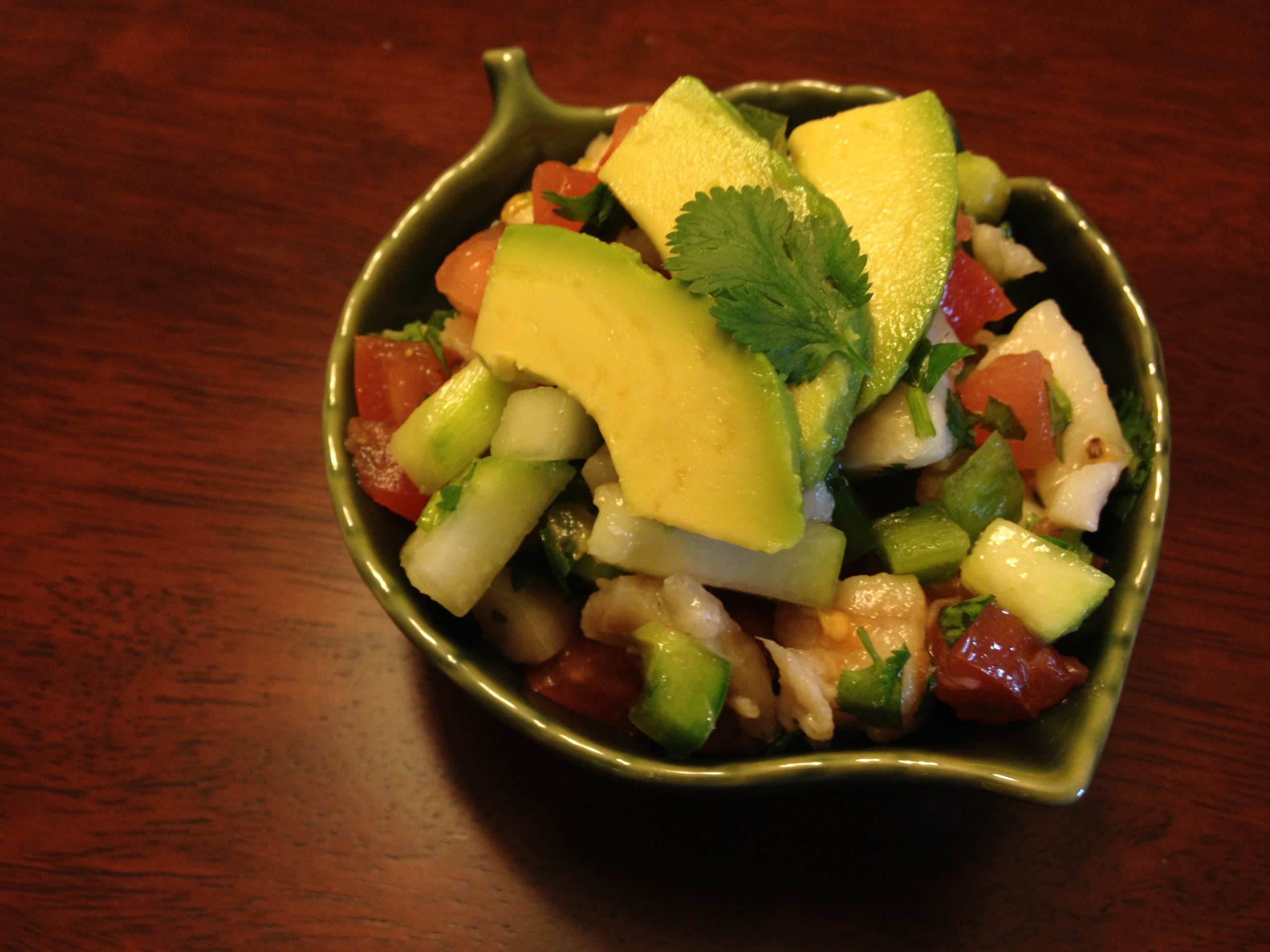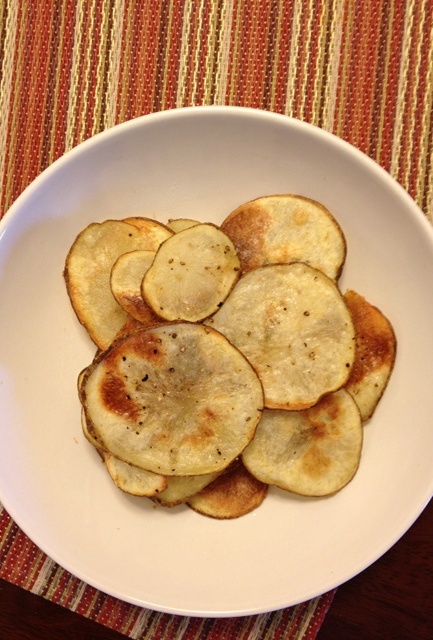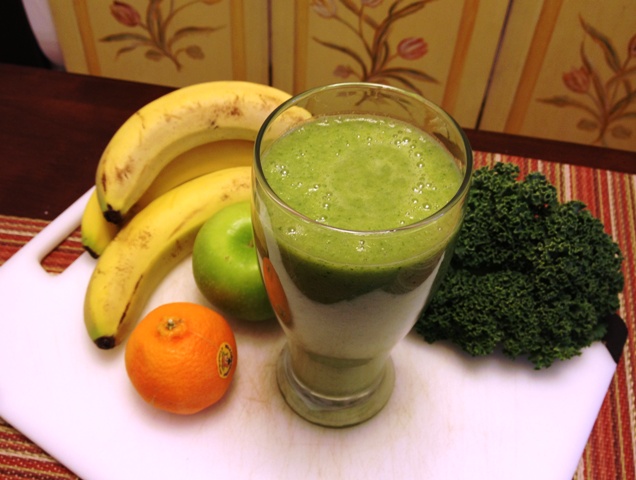Serves: About 6 Prep time: 20-25 minutes Cook time: 3-3.5 hours
Ingredients:
- 1 bottle Cabernet Sauvignon (a $6 bottle will be fine)
- 2 tablespoons vegetable oil
- 4 pounds short ribs, trimmed
- Salt
- Black pepper
- 6 shallots, medium dice (or 1/2 large brown onion, medium dice)
- 2 medium carrots, cut into 1/2-inch lengths
- 2 stalks celery, cut into 1/2-inch lengths
- 2 tablespoons minced garlic
- 6 ounces tomato paste
- 4 sprigs fresh thyme
- 2 bay leaves
- 1 quart unsalted beef stock
- 2 potatoes, cut into 1-inch chunks
- 2 tablespoons cornstarch (optional, for thickening sauce)
- 2 tablespoons water
1. Pour the wine into a large saucepan over medium heat. Allow it to simmer until it cooks down by 1/2. Remove from heat.
2. Center a rack in the oven and preheat oven to 350 degrees.
3. Heat the oil in a large pot - large enough to hold all the ribs - over medium-high heat. Generously season the ribs all over with salt and pepper. When the oil is hot, sear the ribs on each side until well-browned, about 3-4 minutes.
4. Transfer the browned ribs to a plate. Lower the heat to medium, and toss in the shallots, carrots and celery. Brown the vegetables lightly, about 5 minutes. Stir in the garlic and tomato paste and cook, about 1-2 minutes. Season with salt and pepper.
5. Add the reduced wine to the vegetables, scraping the bottom of the pot with a rubber spatula or wooden spoon. Add the ribs back to the pot, then add the thyme and bay leaves. Cover with beef stock. Season with salt and pepper. Bring to a boil; tightly cover the pot with foil, and place into the oven to braise for 2 hours.
6. Taste the braising liquid and season with additional salt and pepper, if necessary. Move the ribs around. Add the potatoes to the pot. Cover with foil again, and place back into the oven for 40 minutes, or until the ribs are tender enough to be easily pierced with a fork.
7. Remove the thyme and bay leaves. Check the consistency of the sauce. If you like it as is, let the meat rest in the pot for 10 minutes before serving. But if you'd like a thicker, gravy-like consistency: In a small bowl or cup, mix together 2 tablespoons cornstarch and 2 tablespoons water until the cornstarch is dissolved and the mixture looks like milk. Pour into the pot of sauce/ribs, over medium heat. Stir well until sauce is thickened, about 2-3 minutes.
My Notes:
More tomato paste: After some thought and a trip to the grocery, I ended up adding more tomato paste than Wolfgang Puck's recipe calls for, and less than Anne Burrell's. I thought Burrell's recipe called for too much -- I didn't want braised tomato ribs. On the other hand, the smallest quantity of tomato paste available at the grocery was a 6-ounce can. For the sake of simplicity, I used the whole thing. The tomato flavor was present but not overwhelming.
More substantial with potatoes: I wanted my dish to be a balanced full meal. Typically, braised short ribs would be served with mashed potatoes, but I wanted to combine textures of melt-in-your-mouth meat with soft, chunky potatoes.
Why is this sauce chunky? Traditional French cuisine would see the carrots, shallots and celery being discarded. And because I wanted a well-balanced, hearty dish, I left mine in. If you wanted to make this dish more traditionally, you can discard them and strain your sauce before ladling onto the meat.
What other kinds of wine can I use? Dry! I like cooking with Cabernet Sauvignon -- it's strong, dry and my favorite kind of wine. (I always pour out a few ounces to sip on while I cook!) But don't go out of your way to get an expensive bottle. A $6 bottle will do just fine. You can also use Burgundy wine. Merlot and Syrah might work, but often, these wines are too mellow for a sauce like this.







